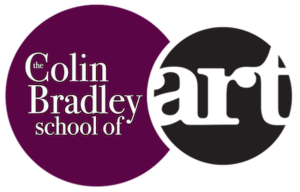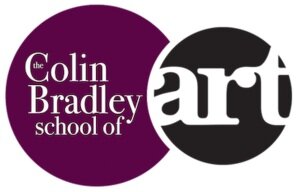Artist's Spotlight: James Philip | Interview with Pastel Artists
We came across James's work on Instagram and was instantly mesmerised by his paintings. His vibrant colours and the way he captured nature was beautiful and unique.With such a variety of pictures we wanted to ask James some questions about his work, the materials he uses and where he draws inspiration from. The result is a heartfelt interview with some great tips for pastel artists.Keep reading for some inspiration and be sure to show James some love over on his Instagram Account.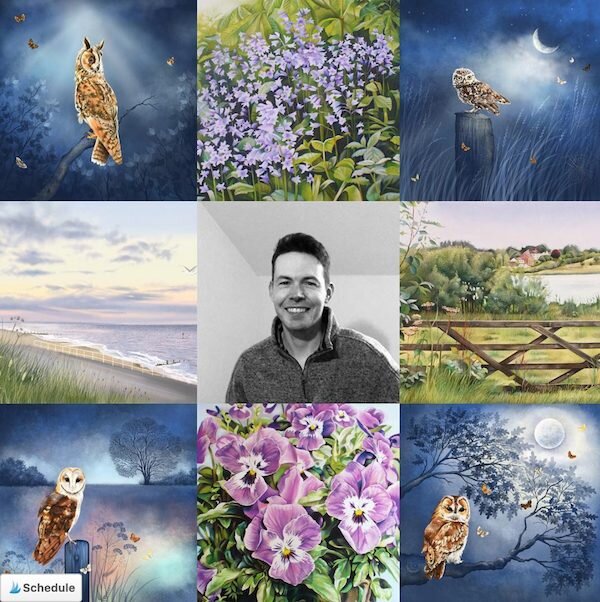 You mention on your website that you were filling sketch books at an early age. What do you think sparked that creativity and were there any inspirations as you grew up?"At a very young age I set my heart on becoming an Illustrator, as I was my most happiest when drawing. It was after working on a project at school to design and create a children’s book my journey really began.I relished the idea of putting words and pictures together. Storytelling captured my imagination creating characters to hopefully bring words to life. Book illustration was a great source of inspiration for me it continues to be today.In the very beginning I think I was purely creating and drawing finding a style to my work. Exploring materials and techniques then followed until I found a medium I was most comfortable with."We see that you work in soft pastel and Pastel pencil. What other mediums have you tried and did they change or improve the way you work now?"While studying I worked predominantly in black and white. I used pen and ink also Scraperboard - a technique I always felt had a great visual impact perfect for book illustration. I have used scraperboard many times. I love how it encouraged me to look at pattern shape and tone. This particular approach needs a balance of tone.I like to think this has influenced my paintings today as I try to suggest some form of balance and harmony. I often use a stippling technique in my pastel painting to gradually build up a tonal area. It’s very similar to the marks I would make using pen and ink.Most recently I have been excited to work on a small collection of digital paintings. I try to incorporate what I have learnt, it’s a lovely way to gradually build up a scene."
You mention on your website that you were filling sketch books at an early age. What do you think sparked that creativity and were there any inspirations as you grew up?"At a very young age I set my heart on becoming an Illustrator, as I was my most happiest when drawing. It was after working on a project at school to design and create a children’s book my journey really began.I relished the idea of putting words and pictures together. Storytelling captured my imagination creating characters to hopefully bring words to life. Book illustration was a great source of inspiration for me it continues to be today.In the very beginning I think I was purely creating and drawing finding a style to my work. Exploring materials and techniques then followed until I found a medium I was most comfortable with."We see that you work in soft pastel and Pastel pencil. What other mediums have you tried and did they change or improve the way you work now?"While studying I worked predominantly in black and white. I used pen and ink also Scraperboard - a technique I always felt had a great visual impact perfect for book illustration. I have used scraperboard many times. I love how it encouraged me to look at pattern shape and tone. This particular approach needs a balance of tone.I like to think this has influenced my paintings today as I try to suggest some form of balance and harmony. I often use a stippling technique in my pastel painting to gradually build up a tonal area. It’s very similar to the marks I would make using pen and ink.Most recently I have been excited to work on a small collection of digital paintings. I try to incorporate what I have learnt, it’s a lovely way to gradually build up a scene."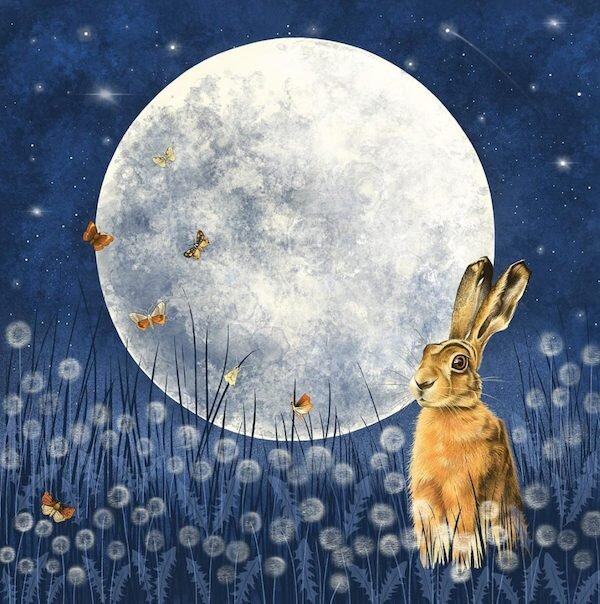 Which Pastel Pencils and Soft Pastels do you like to work with and why?"I always work with a variety of pastel pencils and soft pastels as they each offer their unique qualities. Faber Castell has always been a firm favourite of mine. There is a great coverage of colour. Lovely vibrant colours. They have a lovely range of greys I have always found helpful to tone and blend.Stabilo pastel pencils have a lovely range of colours generally. They are very soft to blend larger areas and work beautifully for highlights.Caran d’ache have excellent range of natural greens I find most helpful. I love the range of colours from Derwent and they have great coverage too.I use mostly Sennelier pastels for their vibrancy and texture to cover larger areas. I have found they blend very well with pastel pencils too."This particular picture (see below), was done on Fisher400 Pastel Paper. What do you like about this paper and what’s the differences between this and say PastelMat?
Which Pastel Pencils and Soft Pastels do you like to work with and why?"I always work with a variety of pastel pencils and soft pastels as they each offer their unique qualities. Faber Castell has always been a firm favourite of mine. There is a great coverage of colour. Lovely vibrant colours. They have a lovely range of greys I have always found helpful to tone and blend.Stabilo pastel pencils have a lovely range of colours generally. They are very soft to blend larger areas and work beautifully for highlights.Caran d’ache have excellent range of natural greens I find most helpful. I love the range of colours from Derwent and they have great coverage too.I use mostly Sennelier pastels for their vibrancy and texture to cover larger areas. I have found they blend very well with pastel pencils too."This particular picture (see below), was done on Fisher400 Pastel Paper. What do you like about this paper and what’s the differences between this and say PastelMat?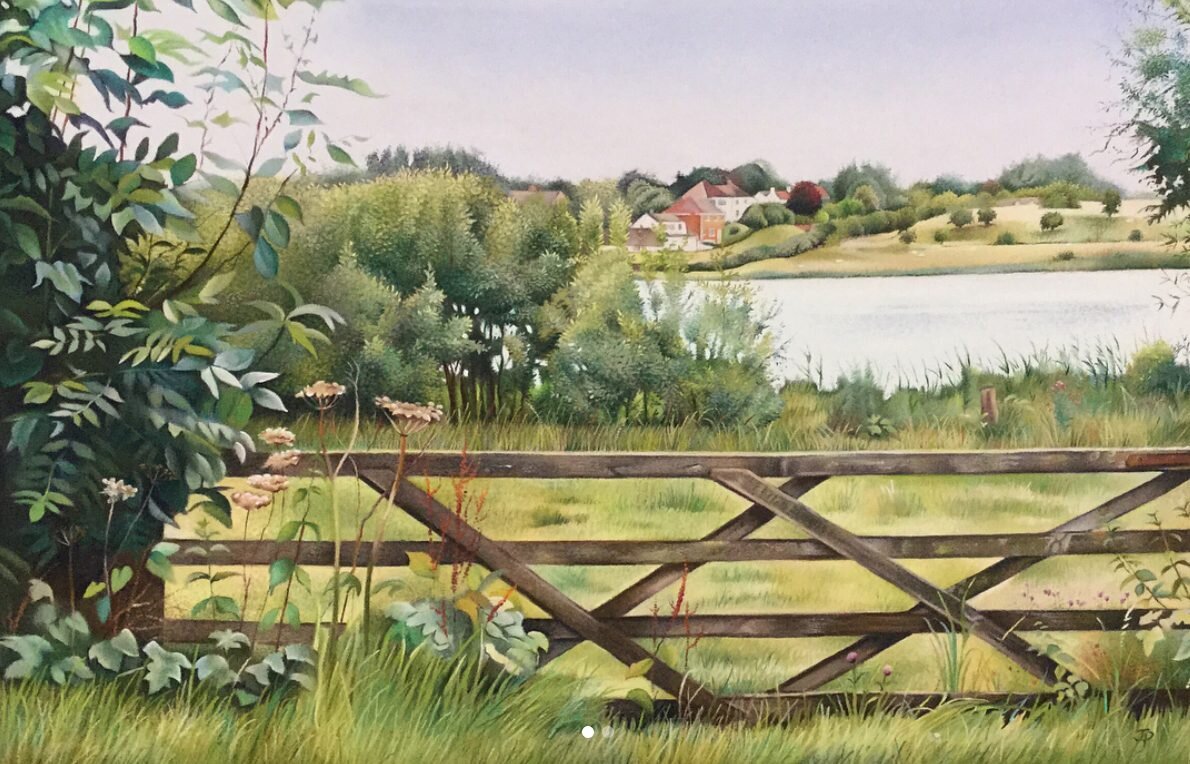 "This painting features a local scene. I really liked the detailed foreground and the texture of the old fence. Detail has always been a feature to my approach and style of work. It has influenced my choice of pastel paper.Fisher 400 pastel paper I would describe as a very fine sand paper without being too abrasive. It allows quite a lot of layers of soft pastel. Due to its texture it works perfectly with pastel pencil. It enables me to get sharp defined details and also some subtle blending too. I find it helpful for building layers and suggesting highlights in my paintings.I have started using Pastelmat which it amazing too for detail and blending. I love the soft texture of this paper I would say it is smoother than the Fisher 400."In our commenting you mentioned that the Fisher400 paper can be tinted with watercolour or acrylic. This is really interesting! Have you tried this and what were your experiences with this effect?"It was really helpful to know the Fisher 400 pastel paper takes a light wash, as an underpainting. The particular colour I use is a light neutral colour. I have always used a light sepia or Payne’s grey ink or watercolour wash before I begin my pastel painting.I have found it helps me as I begin to build up my tonal range. This initial wash of colour doesn’t appear in my final image it just helps me during the process of painting."What other tools do you use within your work (e.g. blenders etc)?"I find the blending tools really helpful for softening colours or perhaps adding small areas of soft pastel."What’s your favourite subject to paint? Do you think painting a variety of subjects (animals, landscapes, still life) has improved your overall technique?"Nature has always been a constant theme in most of my work. It offers so many creative challenges to explore texture colour and light. I love floral art it’s wonderful to suggest all those glorious colours with pastel.
"This painting features a local scene. I really liked the detailed foreground and the texture of the old fence. Detail has always been a feature to my approach and style of work. It has influenced my choice of pastel paper.Fisher 400 pastel paper I would describe as a very fine sand paper without being too abrasive. It allows quite a lot of layers of soft pastel. Due to its texture it works perfectly with pastel pencil. It enables me to get sharp defined details and also some subtle blending too. I find it helpful for building layers and suggesting highlights in my paintings.I have started using Pastelmat which it amazing too for detail and blending. I love the soft texture of this paper I would say it is smoother than the Fisher 400."In our commenting you mentioned that the Fisher400 paper can be tinted with watercolour or acrylic. This is really interesting! Have you tried this and what were your experiences with this effect?"It was really helpful to know the Fisher 400 pastel paper takes a light wash, as an underpainting. The particular colour I use is a light neutral colour. I have always used a light sepia or Payne’s grey ink or watercolour wash before I begin my pastel painting.I have found it helps me as I begin to build up my tonal range. This initial wash of colour doesn’t appear in my final image it just helps me during the process of painting."What other tools do you use within your work (e.g. blenders etc)?"I find the blending tools really helpful for softening colours or perhaps adding small areas of soft pastel."What’s your favourite subject to paint? Do you think painting a variety of subjects (animals, landscapes, still life) has improved your overall technique?"Nature has always been a constant theme in most of my work. It offers so many creative challenges to explore texture colour and light. I love floral art it’s wonderful to suggest all those glorious colours with pastel.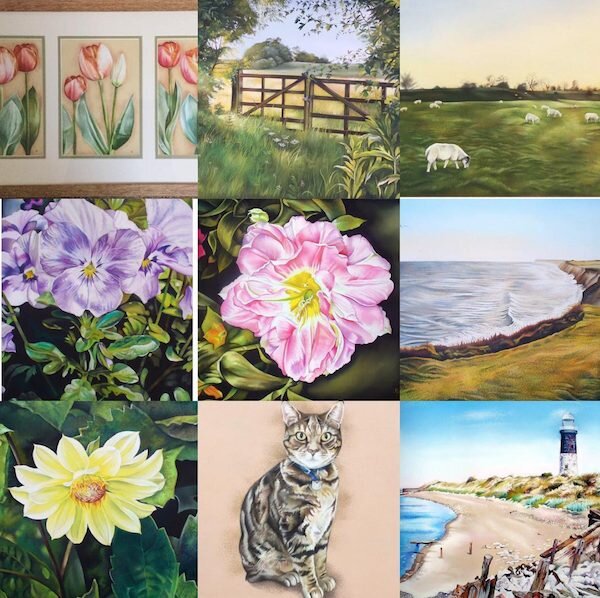 Painting a landscape which speaks to someone is always rewarding to me. I am inspired by a story to tell or an atmosphere to suggest in my paintings. It’s a great pleasure to receive a pet portrait and I love the challenge of capturing all those unique features.I think I look for subjects which encourage me to look and appreciate those fine details, I hope this is reflected in my paintings."Thanks for taking the time to answer our questions James. Where can people find out more about you and follow your work?My website is http://www.james-philip.co.uk/ and Instagram Account is @jamesphilipartist .
Painting a landscape which speaks to someone is always rewarding to me. I am inspired by a story to tell or an atmosphere to suggest in my paintings. It’s a great pleasure to receive a pet portrait and I love the challenge of capturing all those unique features.I think I look for subjects which encourage me to look and appreciate those fine details, I hope this is reflected in my paintings."Thanks for taking the time to answer our questions James. Where can people find out more about you and follow your work?My website is http://www.james-philip.co.uk/ and Instagram Account is @jamesphilipartist .
